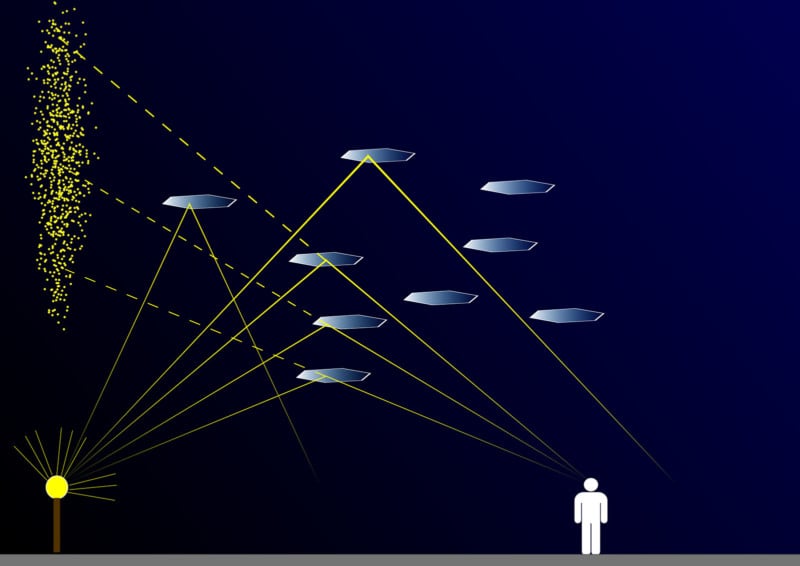Photographer Captures Aurora and Light Pillars in Epic Self-Portrait
![]()
A Brazilian photographer in Norway has captured a rare photo in which two dazzling night sky phenomena, the northern lights and pillars of light, are seen in the sky at the same time.
Like Something Out of a Marvel Movie
“A couple of hours before the full darkness, I decided to put on some extra clothes and better socks as well as a heating belt for my lens to avoid freezing,” Correia says. “I was taking pictures most of the time looking to one side as the lights were stronger but then on my way back I noticed the city lights shaping like light pillars and I saw a great opportunity to take a unique picture.”
“It was like some Marvel movie or something from the Nordic Gods.”
Kautokeino is the coldest town in mainland Norway by annual average temperature, and it’s known for being a great place to see the northern lights. As temperatures dropped that night to -37°C (-34.6°F), conditions set the stage for the aurora and light pillars.
Correia stepped in front of his camera and captured a beautiful self-portrait of himself in front of the sight. His outstretched arms in his parka-wearing silhouette make him look as though he is conducting a symphony of natural light displays.
The aurora borealis can be seen with its green swirls across the left side of the sky while colorful columns of light fill the horizon on the right half of the frame.
The single-exposure photo was captured with a 14mm lens at f/1.8, 4s, and ISO 800.
“I’m a newbie in [post-processing],” the photographer says. “So no Photoshop, but Lightroom to increase exposure, brightness, colors, and shadows.”
The Science Behind Auroras and Light Pillars
Auroras appear in the night sky (usually in places closer to Earth’s poles) when solar wind, the charged particles ejected from the Sun’s corona, hit the Earth’s magnetosphere and excite oxygen- and nitrogen-based molecules. This causes the emission of photons, and the resulting light show may have varying colors and intensities depending on different factors.

Light pillars, on the other hand, appear closer to home — they are formed when light from various sources is reflected off ice crystals that are falling through the air. These beams of light extend above and below their light sources, and with strong enough sources, they can extend quite a ways into the sky and be observed from great distances.

“The light pillars are caused by the interaction of light with ice crystals, cold weather is a must, so each flake acts as a tiny mirror which reflects light sources which are appropriately positioned below it,” Correia says. “The presence of flakes at a spread of altitudes causes the reflection to be elongated vertically into a column.
“The larger and more numerous the crystals, the more pronounced this effect becomes.”
On that cold night two months ago, solar wind, atmospheric particles, light, and ice crystals aligned just right for Correia to create a once-in-a-lifetime self-portrait.
Image credits: Photograph by Alexandre Correia / Animal News Agency